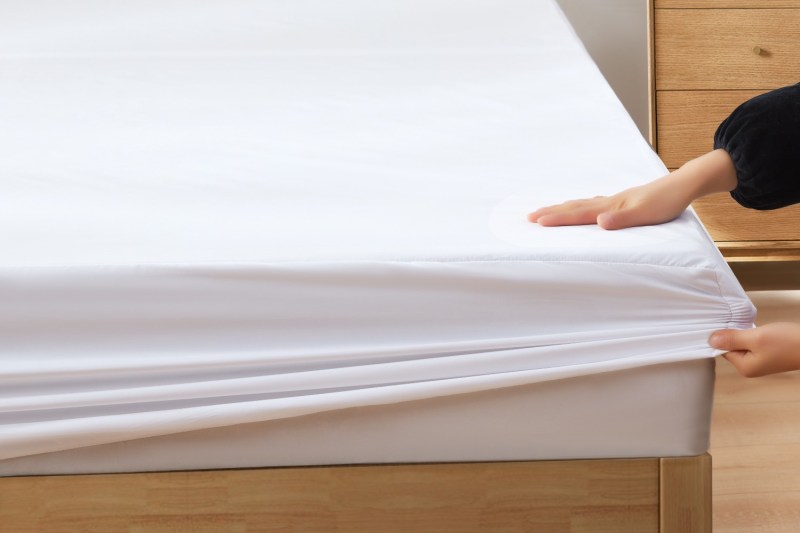Your mattress endures a lot every night. As a result, your mattress can get quite dirty. What on earth can you do to prevent your mattress from becoming so soiled that it may not last long?
Even if you go to bed squeaky clean, you can still make your mattress filthy by simply sleeping on it every night. Here are some tips to clean your mattress and extend its life.

Why Is It Important to Clean Your Mattress?
We know that mattresses tend to last 7 to 10 years after purchase, yet we also know we can extend our mattresses’ lives by maintaining them well. We can rotate mattresses, and in some cases, we can flip them. But if we don’t address what may be seeping into our mattresses, changing their position will only help so much.
It may seem like a pain in the you-know-what at times, but it’s critical to keep that mattress clean. As is the case with pillows, a mattress can collect bodily fluids and skin, dirt, fungi, mold, mildew, mites, and mites’ fecal matter over the years.
Not only is that simply a huge hygienic problem, but it can also potentially trigger serious allergic reactions, and all those substances can whittle away at the inside fibers that make the mattress comfortable. If a dirty mattress ultimately becomes an uncomfortable and unusable mattress, what can we do to keep a clean bed?

How to Clean a Mattress
If you really want to deep clean your mattress, you need cleaning cloths, baking soda, a gentle dish soap or cleaning solution, cold water, and a vacuum with an upholstery attachment.
For light stains, you can make your own cleaning solution with dish soap and water. If you need something stronger, you can try equal parts water and hydrogen peroxide, or equal parts water and white vinegar. Hydrogen peroxide and vinegar both work as effective disinfectants, but keep in mind that hydrogen peroxide may act as a bleach on colored fabrics.
Step 1: Grab your cleaning cloths, baking soda, cold water, and vacuum (with the upholstery attachment).
Step 2: Prepare your preferred cleaning solution. (See above for more details.)
Step 3: For a proper full clean, remove all bedding, such as pillows, bedsheets, and any mattress pad or mattress protector you're using.
Step 4: Check the care instructions on the mattress label to ensure you won’t do anything that could cause damage.
Step 5: While you have your pillows out of the way and your sheets in the washing machine, grab the vacuum. Connect the upholstery attachment to the vacuum and vacuum both sides of the mattress to remove dust and dirt.
Step 6: If you need to spot clean stains, use a clean cloth and your preferred cleaning solution and gently dab (rather than rub or scrub) the areas to remove the stains.
Step 7: To neutralize any strong odors, sprinkle a thin layer of baking soda across the mattress's surface. Let it sit for at least 2 hours.
Step 8: Vacuum the mattress again to remove the baking soda and any remaining loose particles.
Step 9: Once you finish cleaning the mattress, pillows, and bedsheets, remake your bed by placing everything back on the mattress.

How Else Can You Keep Your Mattress Clean?
If you’re not yet familiar with the mattress protector, here goes: It’s a thin layer of waterproof and generally impermeable fabric designed to protect against spills and stains. For additional protection, a mattress encasement wraps all the way around the mattress to protect against spills, stains, bedbugs, and additional invasive elements.
If you’re worried about what might reach your mattress, consider investing in a mattress protector or mattress encasement to help keep a clean mattress.
You can also keep your mattress in good shape by caring for the rest of your bed. Wash your sheets regularly and make sure they’re fully dry before making your bed in order to prevent potential mold growth.
To keep your mattress clean and go to bed every night with the thought that you're sleeping on a clean bed, follow these steps for how to clean a mattress and you're sure to get a good night's sleep each evening. Another suggestion is that if you’ve had the same mattress for a decade or longer, then it’s time to start shopping for a new one.




